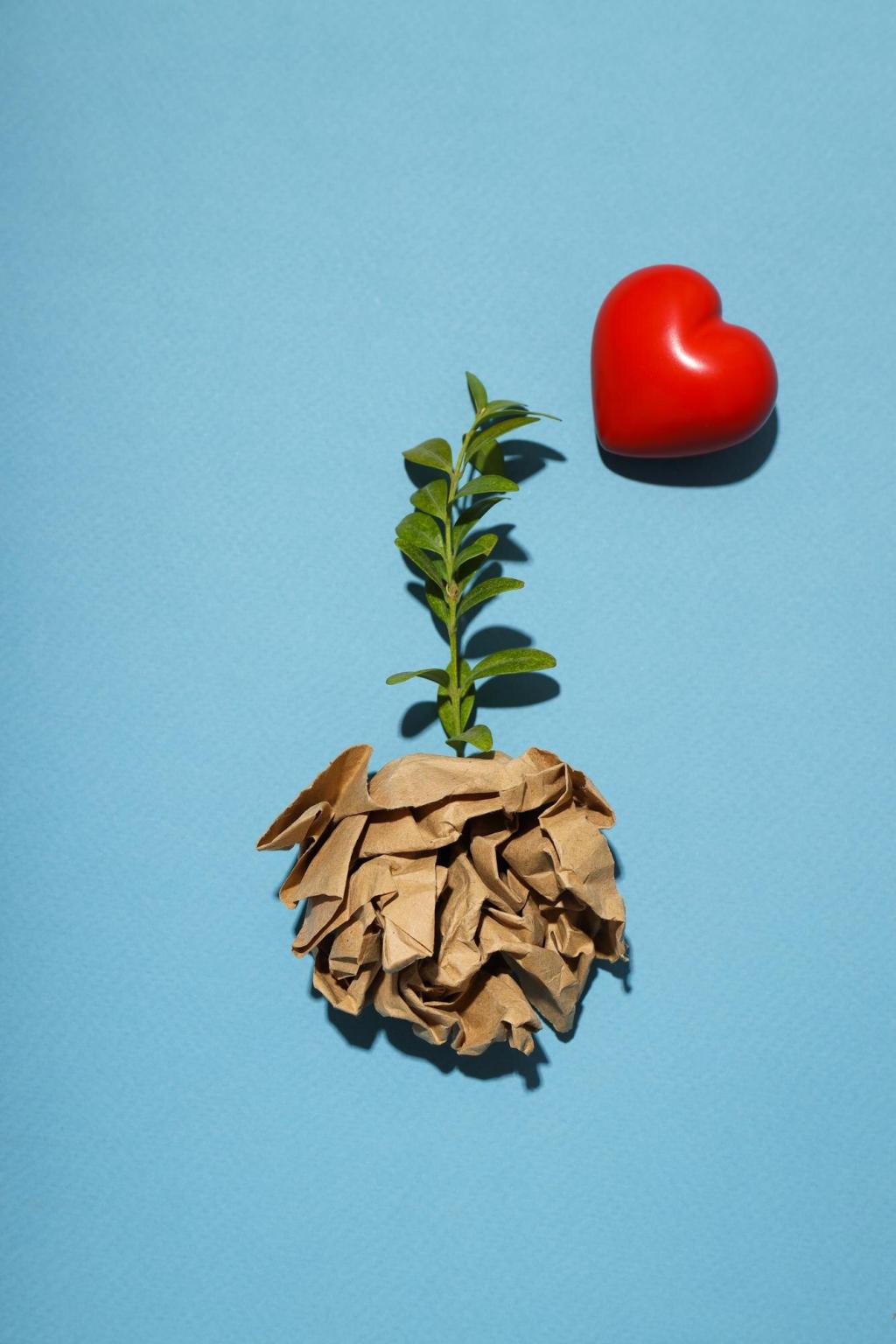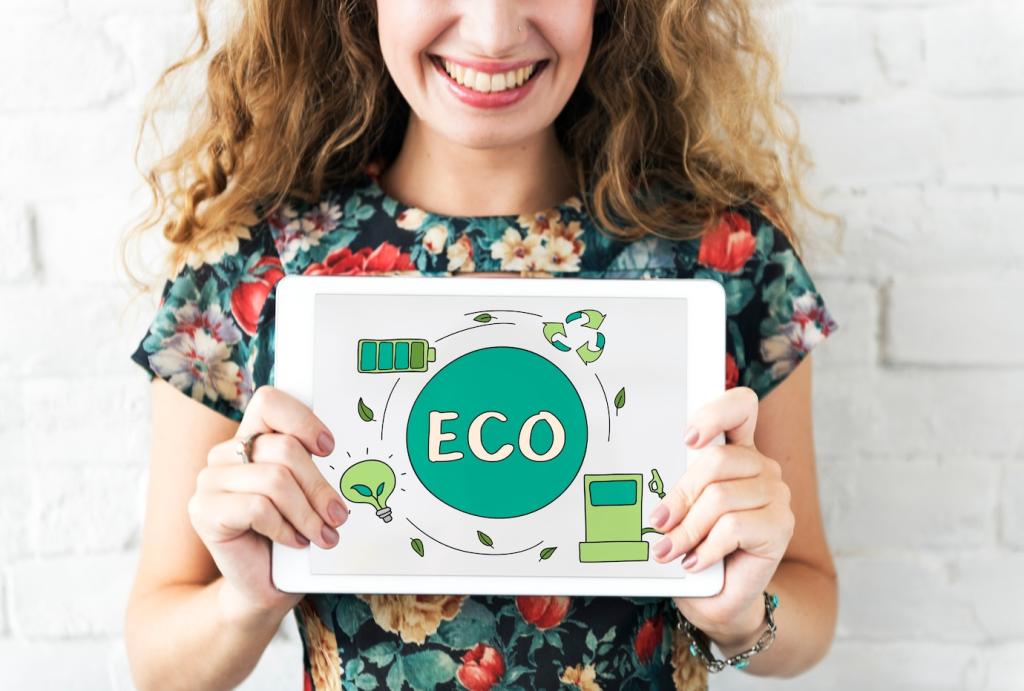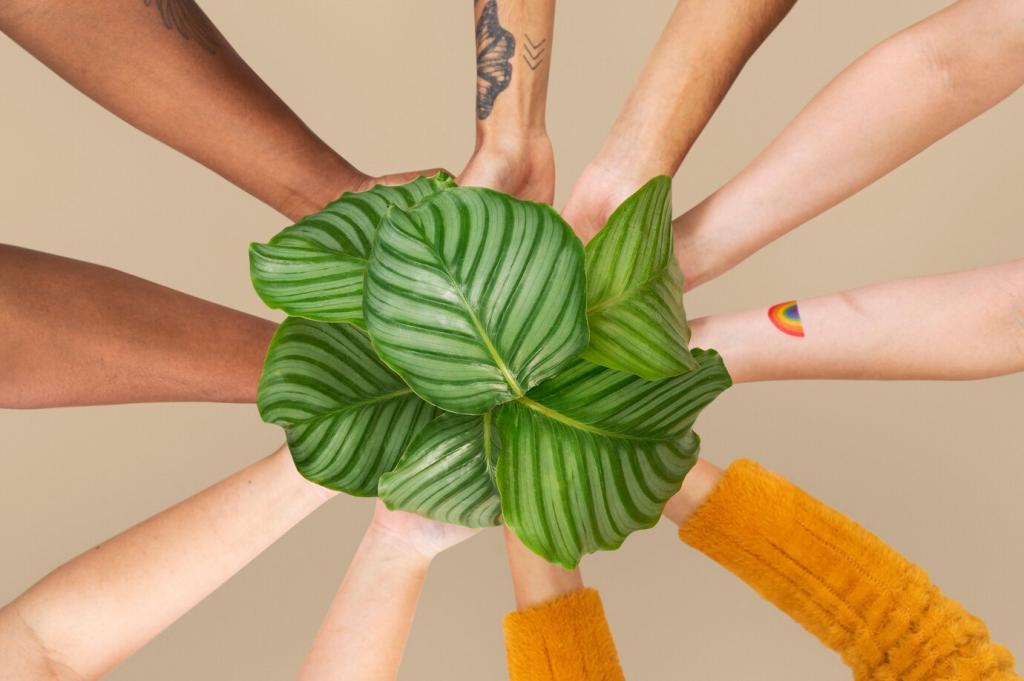Zero-Waste Scrapbooking: Craft Beautifully, Leave Nothing Behind
Welcome to our creative home! Today’s chosen theme: Zero-Waste Scrapbooking. Discover joyful, planet-friendly ways to craft mindful pages, tell richer stories, and invite others to join your journey. Subscribe, comment, and share your favorite zero-waste tricks with us.
Start Here: Foundations of Zero-Waste Scrapbooking
Spread everything out and take stock: papers, adhesives, ephemera, tools. Note what you actually use, what needs repair, and what can be shared. Photograph your before-and-after to celebrate progress and inspire others embarking on Zero-Waste Scrapbooking.
Look to envelopes, mailers, paper bags, magazine margins, thrifted book pages, and packaging boards. Prioritize plain, uncoated papers and interleave acid-free layers near photos. Ask friends to save interesting offcuts, then host a small neighborhood swap.
Choose acid-free PVA in refillable bottles, wheat or methyl cellulose paste for papers, and repairable metal tools. Favor washi tape hinges and reusable clips. Keep blades sharp, oil punch mechanisms, and extend tool life to minimize wasteful replacements.
Designing with Limits: Creativity from Scraps
Pull a palette from a tea box or postcard stamp, then build a page around two to three repeating hues. Test swatches on a scrap, repeat colors across clusters, and watch a tossed-away label become a unifying design cue.


Designing with Limits: Creativity from Scraps
Turn irregular pieces into mosaics, grids, and layered tags. Anchor with a strong visual triangle, repeat textures, and let asymmetry add energy. Offcuts can frame journaling, create arrows, or form borders that look intentional rather than improvised.
Binding Without Plastic: Durable, Repairable Spines
Pamphlet, Japanese stab, and kettle stitches create elegant books from rescued papers. Use cotton or linen thread, waxed with leftover candle stubs, for smooth passes. Stitched bindings are easy to mend if pages tear or need rearranging later.
Binding Without Plastic: Durable, Repairable Spines
Repurpose metal key rings, ribbon offcuts, or fabric ties from retired clothing. Punch consistent holes with a guide and add dividers cut from cereal boxes. Rings open for rearranging pages, preserving flexibility as your story and scraps evolve.

Upcycling Paper and Ephemera, Safely and Archively

Tea and coffee create warm tones for journaling cards or backgrounds. Dry sheets flat under a heavy book to prevent warping. Keep food-dyed elements away from original photos, using interleaves or scanned copies to maintain archival integrity.
Finishing Touches That Respect the Planet
Photo Mounting Without Residue
Create photo corners from paper scraps, use washi tape hinges, or thread stitches at the edges so images remain removable. These options protect originals and reduce adhesive use, giving you flexibility if layouts evolve or albums are rearranged.
Shimmer and Texture, Minus Microplastics
Swap glitter for hole-punched confetti, stitched sequins cut from foil packaging, pressed leaves, or embossed textures. Try dry techniques—stamping, stitching, or debossing—over synthetic sparkle. The result feels handcrafted, dimensional, and kinder to waterways and wildlife.
Storage that Breathes and Protects
Sew sleeves from retired shirts, reinforce with cardboard backers, and stash silica packets from deliveries to manage humidity. Store albums upright, away from heat and light. Sustainable storage extends your work’s life without plastic tubs or clamshells.
Storytelling that Saves Memories—and Materials
Write about a box, ribbon, or wrapper you almost discarded. What did it once hold? Who touched it? Why does keeping it now feel right? Let the rescued object narrate a small, tender chapter.
Storytelling that Saves Memories—and Materials
Create a timeline following a jar, bag, or notebook from purchase to repurpose. Add mini captions, arrows, and tiny photos. This documentary approach makes scraps feel purposeful and shows sustainability as an ongoing, living storyline.
Storytelling that Saves Memories—and Materials
My grandmother tucked recipes onto grocery paper, tying them with ribbon rescued from gifts. Those soft, creased scraps still smell faintly of cinnamon. Share a family habit like this, and let it frame your next zero-waste layout.

Host a Scrap Swap Night
Invite neighbors to bring sorted offcuts, duplicate tools, and useful packaging. Set clear categories, label boxes, and trade fairly. You will leave with fresh inspiration, not new purchases, and a circle of creative allies to craft with.

Share Your Waste Audit
Track what you diverted this month: envelopes reused, boxes upcycled, adhesives refilled. Post a photo and numbers in the comments. Your wins help others benchmark progress and keep Zero-Waste Scrapbooking feeling practical, measurable, and motivating.

Join the Month-Long No-New-Supplies Challenge
Commit to four weeks of using only what you have. We’ll offer weekly prompts, and you post results. Comment ‘I’m in!’ to join, subscribe for reminders, and invite a friend to double the encouragement.
